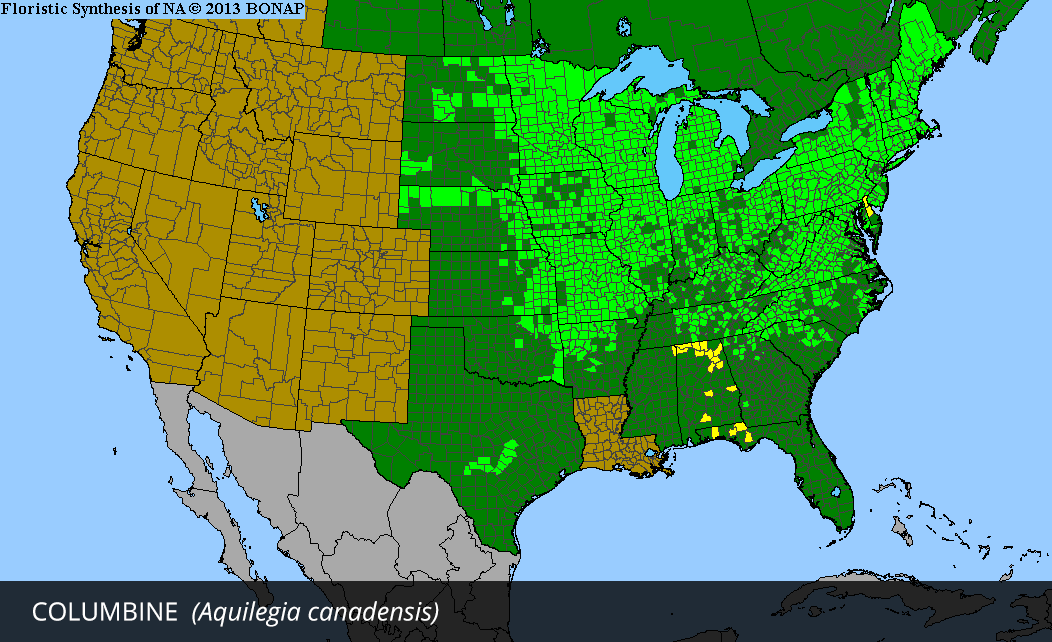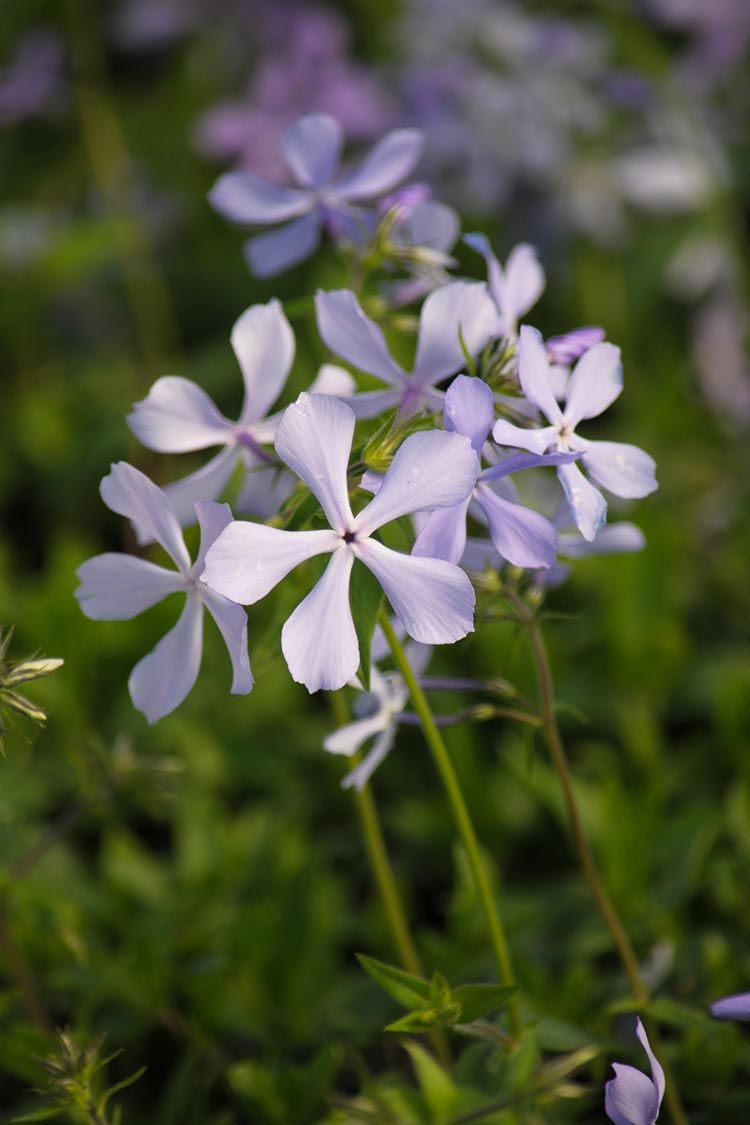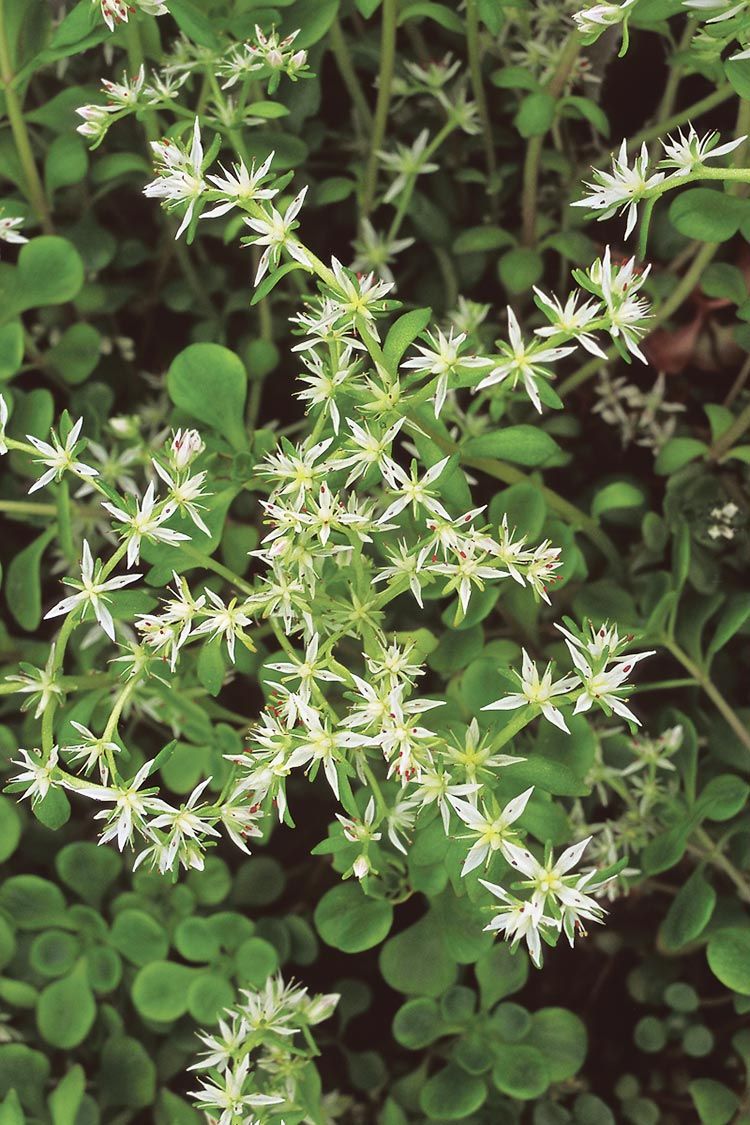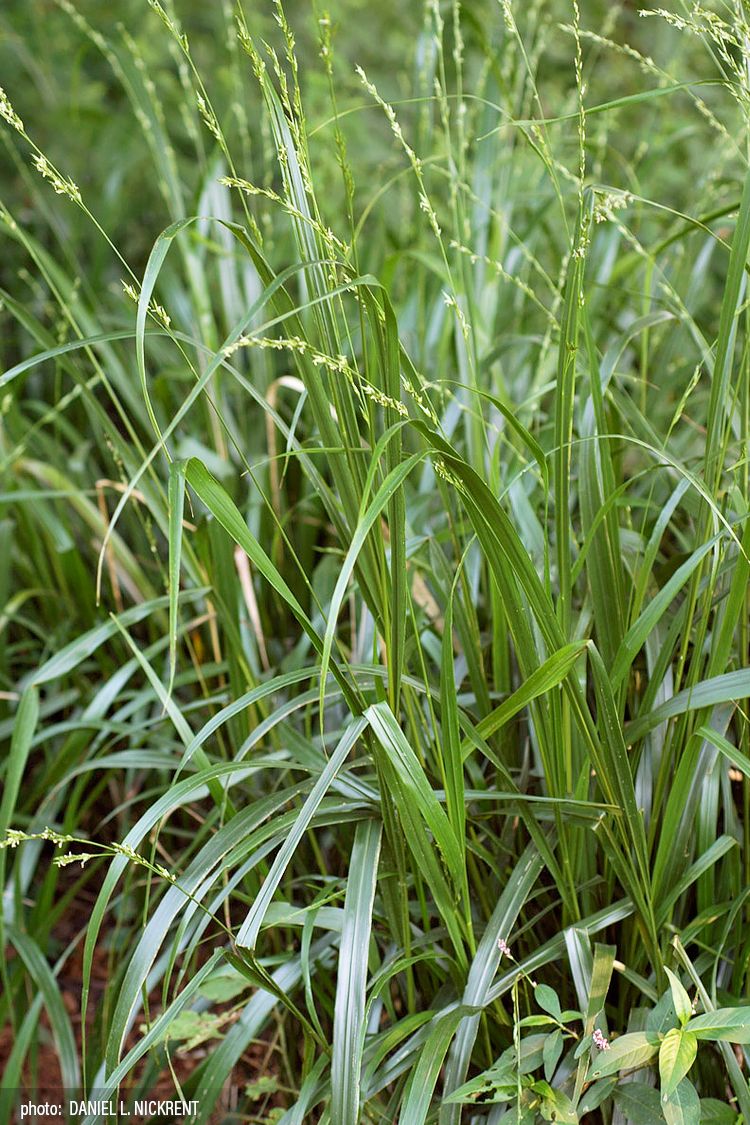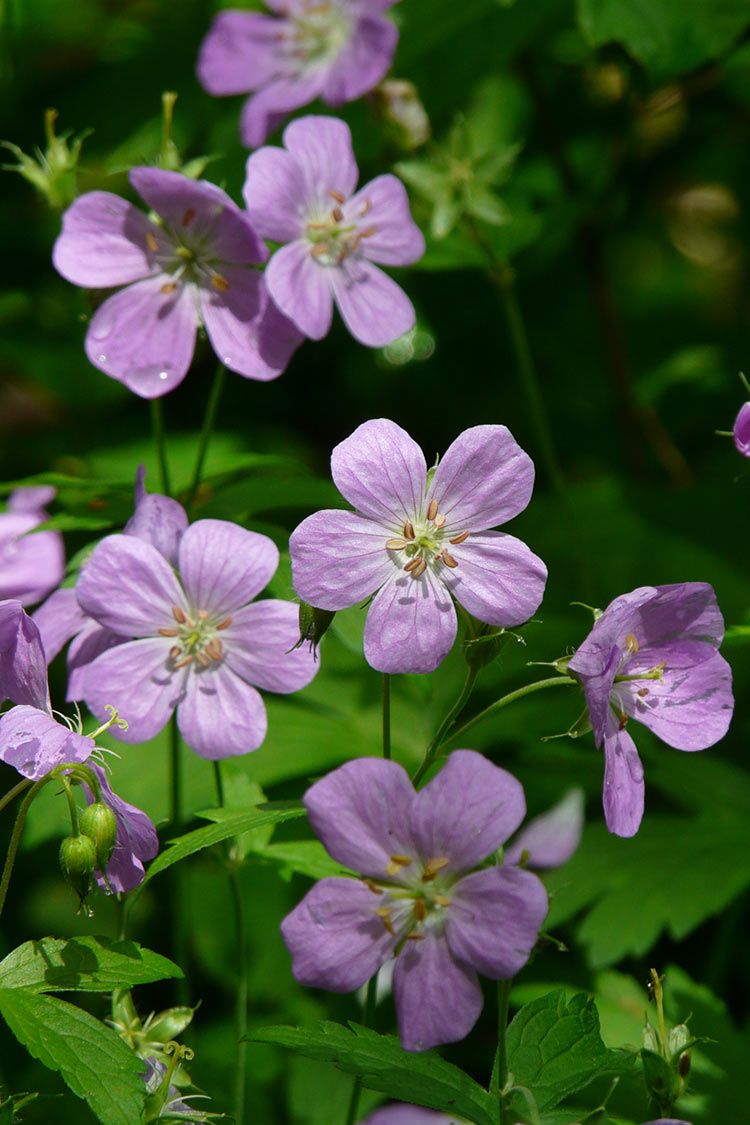Columbine
The intricate red and yellow bell-like flowers of Wild Columbine attract a variety of pollinators. The deep nectaries are perfectly shaped for hummingbirds and long-tongued insects …
| Soil Type | Loam, Sand |
|---|---|
| Soil Moisture | Dry, Medium |
| Sun Exposure | Full Sun, Partial, Shade |
| Height | 1' -3' |
| Bloom Color | Red, Yellow |
| Bloom Time | May, June |
| Spacing | 1' |
| Zones | 3, 4, 5, 6, 7, 8 |
| Root Type | Fibrous |
| Benefits | Pollinators, Hummingbirds, Host Plant, Deer Resistant |
The intricate red and yellow bell-like flowers of Wild Columbine (Aquilegia canadensis) attract a variety of pollinators. The deep nectaries are perfectly shaped for hummingbirds and long-tongued insects.
Easily grown in average well-drained soil in full sun to shade, Columbine tolerates a wide range of soils, as long as drainage is good. Soil that is too rich encourages weaker stems and possibly shorter lifespans, while thin, sandy soils will produce a tight, compact plant that can live for many years. In optimum growing conditions it will self-seed freely. It's easy to collect the seeds from the plant and replant them in the location of your choice.
Columbine is popular in shade gardens, rock gardens, cottage gardens or naturalized areas. The light, airy texture of the stems and flowers combines well with a variety of early bloomers such as Wild Geranium, Foamflower, and Wild Ginger.




